Watch: Ventilation and COVID-19
Experiments visualising the airflow when breathing, speaking and laughing, show that wearing a mask indoors can drastically reduce the risk of transmission of airborne particles.…

Experiments visualising the airflow when breathing, speaking and laughing, show that wearing a mask indoors can drastically reduce the risk of transmission of airborne particles.…

The tail (flagellum) of the sperm does not simply push the body, but uses a rhythmical beating with pushing and fraying over a 4-beat pattern, as demonstrated in the video.…

When navigating strong crosswinds birds adjust the angle of their body into the wind, whilst keeping their head fixed on the target destination, in order to maintain forwards motion.…

When an object, such as an aircraft or submarine, moves through a fluid it generates a ‘wake’ behind it which can be used by monitoring tools to detect its size and position.…

When catching prey underwater snakes use two main techniques: the frontal strike and the lateral strike. By studying real snakes in the lab at ESPCI/MNHN, Marion Segall was able to recreate the setup using a 3D-printed snake head and laser visualisation techniques, which allowed for the forces involved in each strike to be measured.…

The manufacturing process for toothpaste involves mixing together several fluid and solid components to create the non-Newtonian polymer used to clean your teeth.…

Termites live underground in termite mounds to protect themselves from the heat of the desert, but how do they keep their mounds cool?…
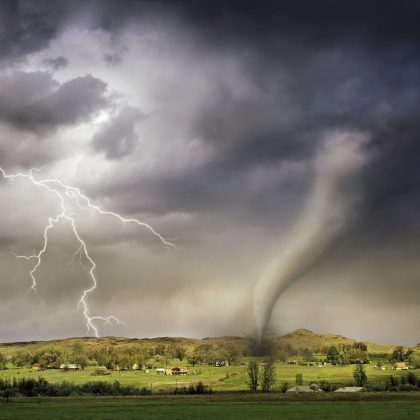
Before a tornado forms the pressure drop at the centre emits a dull tone at 5-10Hz which can be detected hours before it becomes dangerous.…

Rogue Waves occur when a larger wave appears in a group of smaller waves. In some circumstances these can lead to an exaggerated ‘Spike Wave’, or a crashing wave resembling the Great Wave off Kanagawa by Hokusai.…
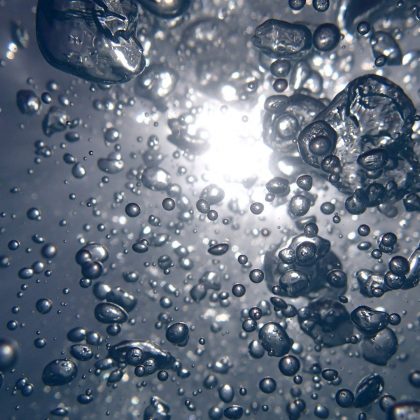
Star-nosed moles are able to smell underwater by quickly exhaling and re-inhaling air bubbles as they search for prey. The bubbles are trapped close to the moles nostrils by a ring of tiny pink tentacles, which gives rise to the name ‘star-nosed’.…

Jellyfish stingers reach an acceleration 50 times faster than that of a bullet as they are ejected from stinging capsules under high pressure.…
The Coconut Rhinoceros Beetle is an invasive species that if left alone would decimate citrus crops across California. To prevent this from happening, John Allen and his team at the University of Hawai’i have been working to hunt the insects down before they are able to reach the West Coast of the USA.…
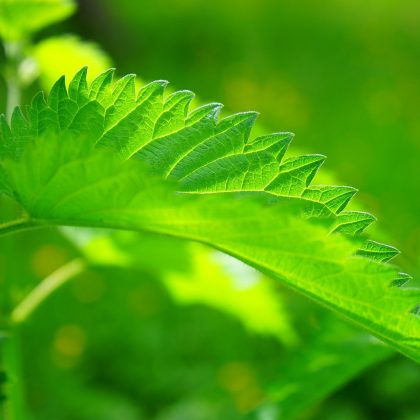
The leaves of stinging nettles are covered in ‘pipette-like’ stingers which penetrate the skin on contact and deposit a small amount of poison.…
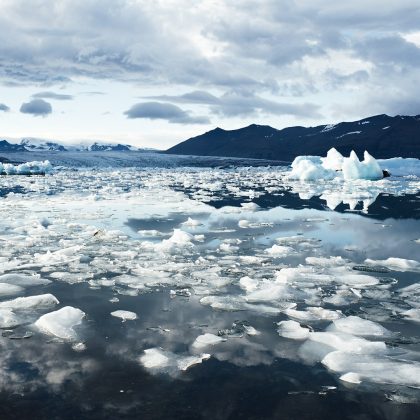
There is no doubt that sea ice in the polar regions is melting, but what is the exact role that this plays in the global climate system?…

One of the clean-up methods used following an oil spill is to burn the fuel on the surface of the ocean.…

The flow of air around a sail is very different to that of a wing, but both generate significant lift force.…

Cyclists can use up to 90% of their energy overcoming drag, which was the motivation behind the work of Ivaylo Nedyalkov at the University of New Hampshire, who was able to measure the force on each individual cyclist in a train formation to determine the best position to reduce your overall drag.…

By improving our understanding of turbulent flow over canopies we can design better cities to improve air quality. This is just one of the applications of the work of Alfredo Pinelli, a professor at City University of London working on Large Eddy Simulations (LES) of turbulence.…
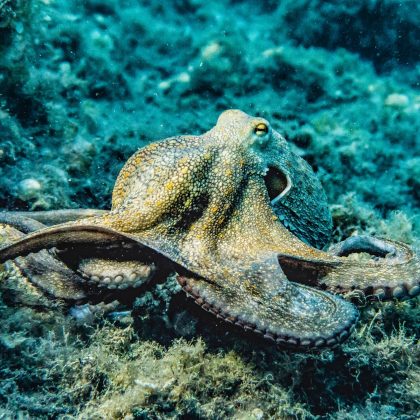
Current underwater vehicles are rigid in structure which limits their suitability for many tasks required for ocean exploration. Francesco Giorgio-Serchi is working with a team at the University of Southampton to design new robots based on squids and octopuses that are made entirely from silicone.…
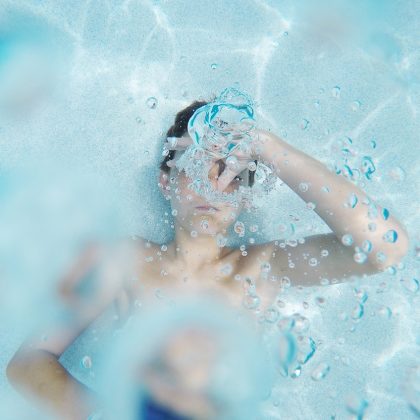
Removing water from your ear canal by shaking requires an acceleration 10 times that of gravity according to research from Sunny Jung at Virginia Tech (now Cornell).…

Following the Deepwater Horizon oil spill in 2010, scientists at the University of Cambridge have been studying underwater plumes to try to understand how the Earth’s rotation affects the spread of oil.…
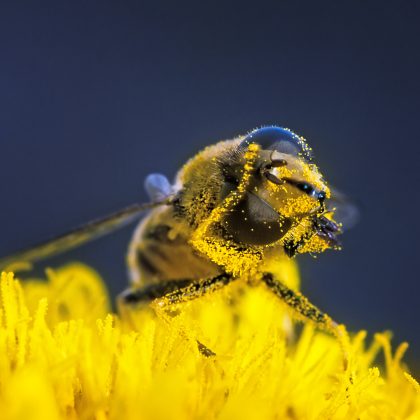
Pollen is the main source of protein in a honey bees diet and so it’s essential that they are able to carry enough of it safely back to the hive.…

The air density on Mars is 1/100th of that on Earth which means that current airborne vehicles cannot be used to explore the planet.…

How are dandelion seeds able to travel distances of over 150km across oceans, with only small feathery bristles and the power of the wind?…

Citrus fruits contain small pockets of liquid which burst upon contact releasing a jet of strong smelling oil into the air.…

Air-tables create a thin film of air capable of supporting objects and causing them to levitate. By adding grooves to the table or the object, Professor John Hinch at the University of Cambridge was able to control the objects motion and describe the resultant acceleration in terms of a simple scaling relationship involving gravity and the aspect ratio.…

Using the surface tension of water and a hydrophobic coating on their legs, many insects are able to walk on water.…

Freezing bubbles are not only beautiful, but also demonstrate incredibly complex physics. Here, Professor Jonathan Boreyko explains how bubbles freeze with examples of slow motion videos filmed in his laboratory at Virginia Tech.…

Measuring the forces present in an avalanche using light. Amalia Thomas from the University of Cambridge explains how to measure the forces between colliding particles in an avalanche based on their photo-elastic response and refractive index.
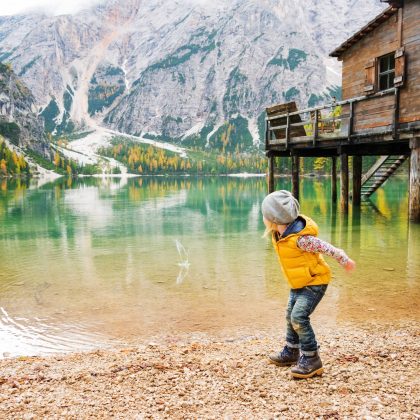
By bouncing elastic spheres across the surface of Bear Lake in Utah, researchers have discovered the physics behind stone skipping. The mechanism of ‘water walking’ occurs when a deformed sphere rotates continuously across the surface of the water giving the appearance that the sphere is literally walking on water.…
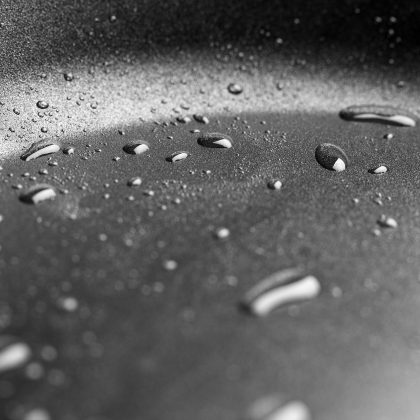
Cooking oil in a frying pan can be dangerous when the ‘explosive’ droplets touch your skin, but new research shows that they also increase the risk of indoor air pollution if not properly ventilated.…
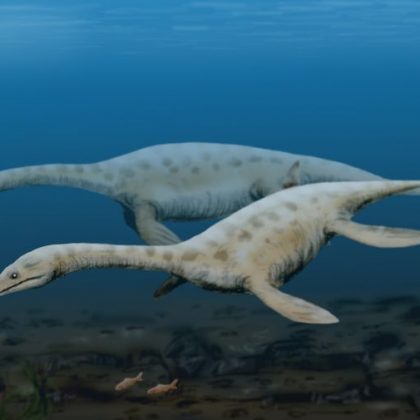
A robot that swims like a dinosaur, simulations of industrial mixing, and how to hide an object by controlling its wake – take a sneak peek at the latest in fluid dynamics research.…

Learn how snakes catch prey underwater, what birds do when flying through gusts, and how sperm swim. This video is part of a collaboration between FYFD and the Journal of Fluid Mechanics featuring a series of interviews with researchers from the #APSDFD 2017 conference.…

Tracking the invasive Rhinoceros Beetle in Hawai’i, studying how stinging nettles inject their toxin, and investigating the mechanism used by jellyfish to attack their prey – step inside the latest in Fluid Mechanics research.…

Learn how termites are inspiring new building designs, how the star-nosed mole can sniff underwater, and what goes into making your toothpaste!…

Get your summer sports kick with a peek at some of the latest research on sailing aerodynamics, cycling groups, and getting that pesky water unstuck from your ear after swimming!…

Listening to tornadoes to increase warning times and save lives, studying the effect of ice on the combustion of oil spills, and investigating how sea ice affects our climate – discover the latest research in Fluid Dynamics.…

Dandelion seeds that outperform man-made parachutes, designing the flow over forest canopies, and bee-inspired micro-robots for exploring Mars – catch up on the latest in fluid dynamics research.…
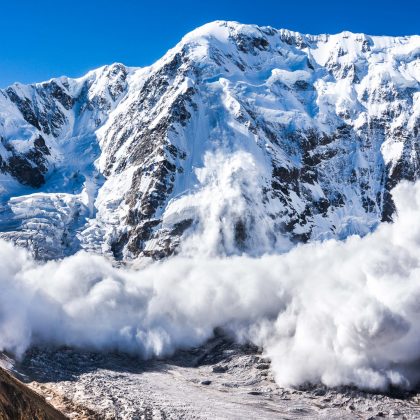
With cold weather and the Winter Olympics currently upon us, we bring you a special winter-themed video from JFM and FYFD.…